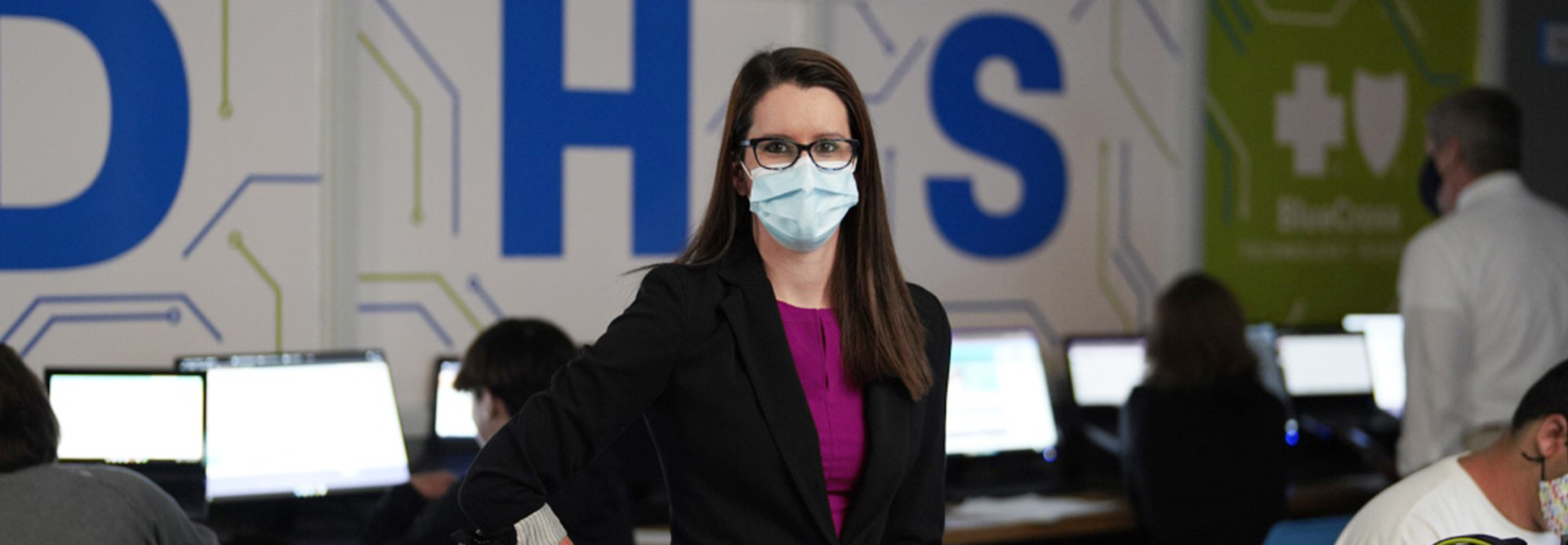Alisha Hyslop, senior director of public policy for the Association for Career and Technical Education, says that K–12 CTE programs focused on IT are “getting more attention” as the economy evolves. In particular, she says, IT programs on topics such as cybersecurity grew during the pandemic, in part because they were seen as a good fit for remote learning.
It’s easy to see why IT instruction is alluring to schools looking to give their students an edge, but Hyslop notes that it can be challenging for schools to stay on top of the latest tech trends. “Every single part of the economy is more tech rich than it was five years ago,” she says. “What you would teach in those programs today is completely different from what you might have taught even a year ago.”
MORE ON EDTECH: Cloud-based technology expands STEM's reach in K–12.
K–12 CTE Programs Seek to Use Tech for Success
Hyslop has a simple, straightforward standard for the technology that should be used in IT–focused CTE programs in K–12: “Students need to be using the same technology that is being used in the IT industry.”
While Hamilton County Schools has a one-to-one Chromebook program for all of its high school students, those in coding and other IT programs often need more powerful devices, Bagby notes. Students also have access to specialized computer labs and even a networking lab that was set up specifically to mirror the real-world networking equipment of a business partner in the community. “We worked with that business to set up a networking lab very similar to their network,” Bagby says. “In our discussions of what they want students to be able to do, they helped us decide what sorts of equipment should be in that room.”
St. Vrain Valley Schools in Colorado operates Pathways in Technology Early High School programs at three of its high schools. The P-TECH education model, created by IBM and in place in hundreds of schools around the world, allows students to earn both a high-school diploma and a no-cost, two-year postsecondary degree in a STEM field. Students also participate in a range of workplace experiences with industry partners.
St. Vrain’s three P-TECH programs are in cybersecurity, computer information systems (CIS) and biochemistry, and each program utilizes technology tailored to students’ needs. Students in the biochemistry program, for instance, explore human anatomy using Samsung HMD Odyssey virtual reality headsets. In the CIS program, students work on Lenovo ThinkPad laptops and compact desktops.












